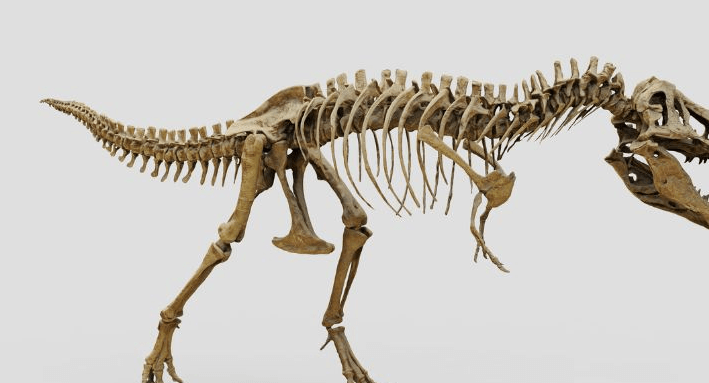Who Was the King of the Dinosaurs

The title of “King of the Dinosaurs” is frequently associated with the Tyrannosaurus Rex, a creature that epitomizes the apex predator of its time. Its formidable attributes, including a powerful bite and advanced sensory perception, positioned T. Rex at the top of the food chain during the Late Cretaceous period. However, this title may not be as straightforward as it appears, as other contenders like the Spinosaurus and Velociraptor also exhibited remarkable traits.Who Was the King of the Dinosaurs Exploring the characteristics that define a true dinosaur king reveals complexities that challenge the conventional narrative surrounding this prehistoric icon.
The Tyrannosaurus Rex
The Tyrannosaurus rex, often referred to as T. rex, looms large in the pantheon of prehistoric reptiles, embodying both the fascination and terror of the Late Cretaceous period.
Read also Sources Egnyte Ipo Egnyte 460M
Known for its formidable predatory behavior, T. rex primarily occupied the role of apex predator, with a diet comprising large herbivores. Its powerful jaws and keen senses contributed to its dominance in a dynamic prehistoric ecosystem.
Other Contenders for the Throne
While the Tyrannosaurus rex is often celebrated as the quintessential dinosaur,Who Was the King of the Dinosaurs several other formidable predators coexisted during the Late Cretaceous period, each vying for dominance in their respective habitats.
The agile velociraptor, noted for its intelligence, displayed sophisticated hunting strategies, while the massive spinosaurus, renowned for its size, dominated aquatic environments.
These contenders illustrate a diverse ecosystem rich with competition and evolutionary adaptations.
Characteristics of a Dinosaur King
What defines a dinosaur king in the context of evolutionary success and ecological dominance? Key characteristics include dominant traits such as formidable predatory adaptations and social behaviors that enhance survival.
Additionally, a size advantage often facilitated access to resources and deterred rivals. Together, these traits underscored the supremacy of certain species, establishing their reign Who Was the King of the Dinosaursin a world governed by competition and environmental pressures.

The Impact of Popular Culture
Numerous representations of dinosaurs in popular culture have significantly shaped public perception and understanding of these ancient creatures.
Read also Sources Openai Fox Corp. Time Openai
Dinosaur movies, from “Jurassic Park” to animated features, have ingrained cultural symbolism,Who Was the King of the Dinosaurs portraying these reptiles as both awe-inspiring and terrifying.
This fascination influences scientific interest and educational initiatives, emphasizing the role of media in bridging the gap between paleontology and public awareness of prehistoric life.
Conclusion
In the grand tapestry of prehistoric life, the Tyrannosaurus Rex emerges as a towering figure, akin to a monarch ruling over a kingdom of giants. While contenders like Velociraptor and Spinosaurus add complexity to this narrative, none rival the T. Rex’s formidable presence and adaptations. Like a herald of nature’s power, the T. Rex encapsulates the essence of survival and dominance, etching its legacy into the annals of time and the collective imagination of humanity.






